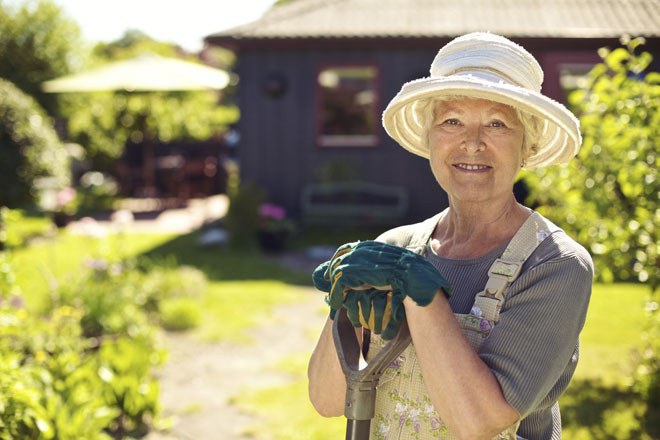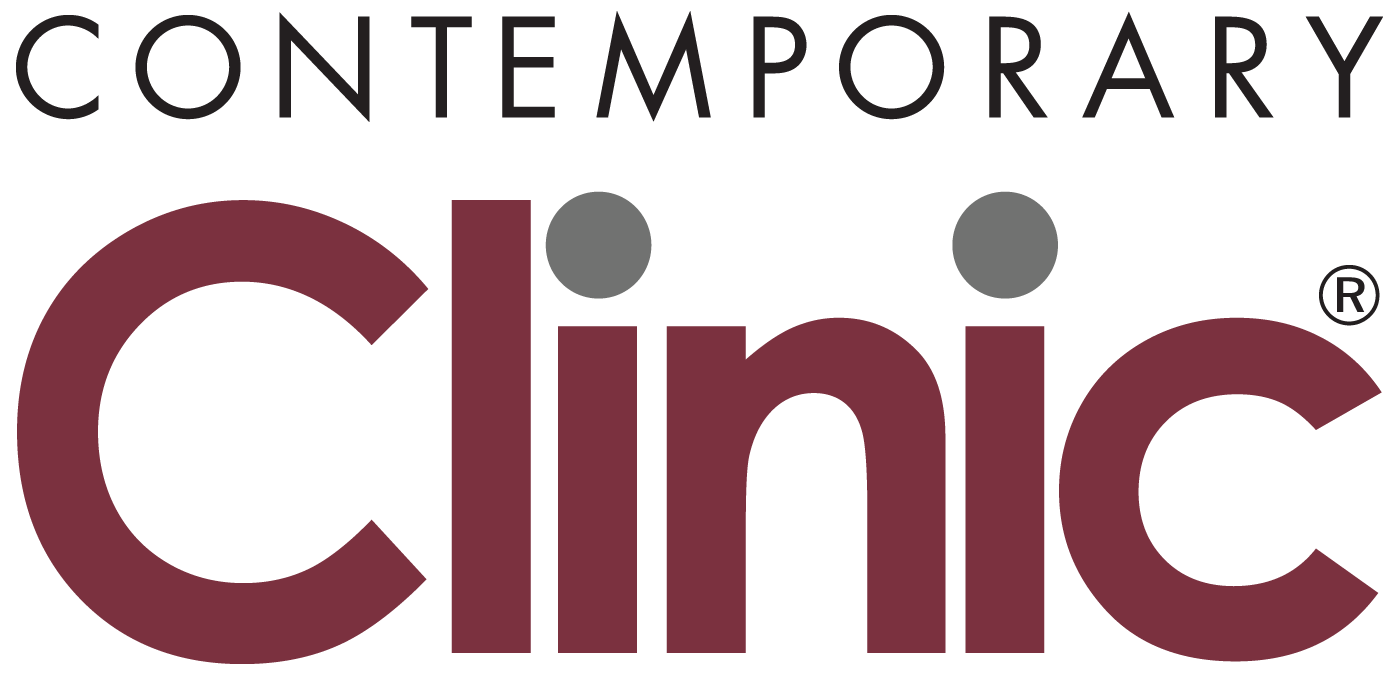By R. Scott Rappold
April 30, 2014
The first time Dana gave marijuana to her 13-year-old son, it was a mother’s act of desperation.
Edward has absence seizures, also known as petit mal seizures. At least a dozen times a day, he blanks out for about 20 seconds. The seizures affect his school work and memory. His mother lives in constant fear that he’ll fall down a flight of stairs or step into traffic while he’s having one.
And like one-third of all people with epilepsy, medication does little to control his seizures. When Dana heard news reports about a strain of marijuana grown in her home state of Colorado that helped reduce seizures in some children, she was intrigued. For close to 4 months, Edward took medical marijuana pills. They were low in THC, the ingredient in marijuana that affects mood, but high in cannabidiol (CBDs), a non-mood-altering ingredient in pot. Supporters of CBD marijuana say it shows promise against epilepsy, but far from everyone agrees.
“We saw absolutely nothing, nothing positive or negative, just as if we were giving him a vitamin,” says Dana, of Golden, CO, who asked that her last name not be used. Both medical and recreational marijuana are legal in Colorado. “It was definitely a letdown that we weren’t seeing the effects that other people said they had seen early on. We had high hopes and nothing was happening.”
At a time when hundreds of families have moved or are planning to move to Colorado in search of this treatment, such stories are a sobering reminder of the difficulty of controlling drug-resistant epilepsy.
Estimates of the effectiveness of CBDs vary widely. While supporters in Colorado say 3 out of 4 patients have seen some benefits, some epilepsy specialists believe just 1 in 4 patients sees any improvement. Neither estimate is based on hard evidence. There has been little scientific testing of CBDs. Understanding of their impact is further hampered by reluctance among patients’ families to reveal that they've tried it and among most doctors to recommend it.
For those who move to Colorado and see no success, it can be heartbreaking.
“Everybody comes with a certain level of hope, of course. That’s why they’re here,” says Heather Jackson. She is the director of Realm of Caring, a nonprofit that helps families relocate to Colorado and get access to Charlotte’s Web, the type of medical marijuana developed for children with seizures.
“I think that is discouraging, but everybody is also realistic. These are families that have really been through the wringer. I’m sure they had hope for every remedy they’ve tried,” Jackson says. “We’re very upfront when folks get started and explain to them that this doesn’t work for everybody.”
A Cautionary Tale
More than 2.7 million Americans live with epilepsy. Many lead normal lives with the help of certain diets, surgery, or medication. After a diagnosis, a doctor will usually prescribe one drug, then another if it doesn’t work.
Among people who can’t control their seizures after trying three drugs, fewer than 1% will ever see a reduction in seizures from them, research shows. This includes 20% to 40% of those with epilepsy.
The consequences of uncontrolled childhood epilepsy can be dire. Seizures can delay or hinder brain development, leaving a person impaired for life. It can diminish success in school and lead to loneliness and isolation. Sudden unexplained death is 40 times more likely among people who continue to have seizures compared to those who are seizure-free.
Aiden, 8, has been on 17 different medications. He has a pacemaker-like device implanted near his collarbone to control the electrical impulses from the brain that cause seizures.
Nothing has worked to control the 300 grand mal seizures a month, caused by a rare form of epilepsy known as Dravet syndrome. He is developmentally disabled and has trouble walking or talking, says his mother, Nicole, of Castle Rock, CO.
Nicole tried high-CBD marijuana for Aiden, but his seizures increased. He began vomiting. After 11 months, she gave up.
“I’ve seen it working for other kids. I’m so glad we tried it. I’m so glad we live in a legal state and we had the opportunity to try it,” says Nicole, who also asked that her last name not be used. “It didn’t work for him, but it wasn’t worse than any of the other meds he was on.”
She sees her story as a cautionary tale for other desperate families willing to move to Colorado for a miracle cure.
“If they’re coming out thinking it’s going to be a miracle treatment that’s going to fix their children or make their wheelchair-bound child walk, I would say, ‘Hold on.’”











